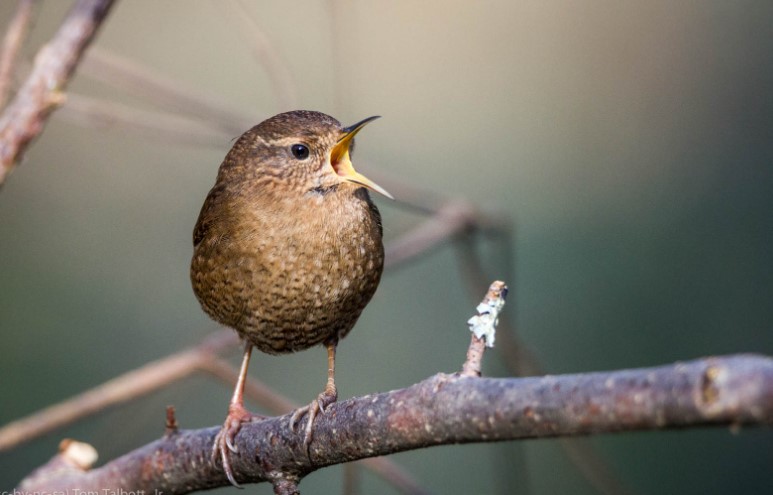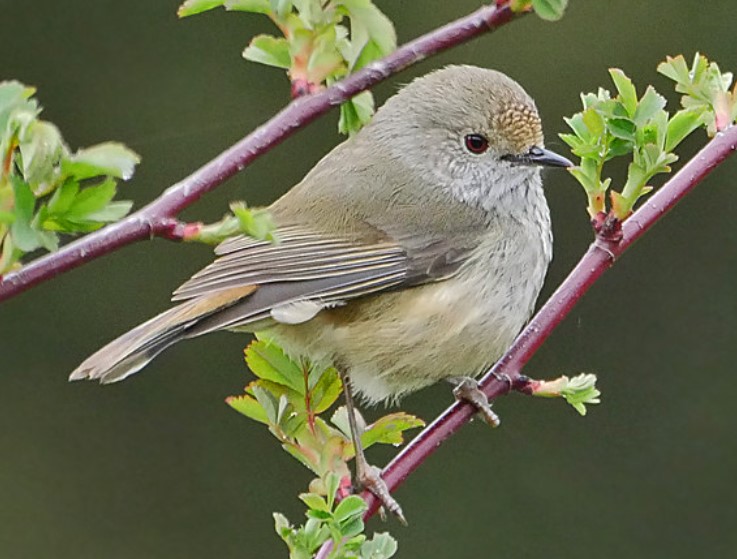Winter Wren vs Pacific Wren
If you are bird enthusiastic, but confused about Winter Wren vs Pacific Wren. That could be possible being a bird lover. However, there is an incredible similarity in appearance between these two species. There are no significant differences in size, shape, or plumage. Throughout the East, Winter Wrens are found, while Pacific Wrens inhabit the West—west of the Great Plains.
Forest undergrowth is a favorite habitat of both birds, who usually stay hidden in thickets and fallen logs while foraging. There are distinct geographic differences between the Pacific Wren and the Winter Wren, and South Dakota is one area where both species are common. Here are the perfect explanations to remove your confusion between two lovely little wrens.

Winter Wren
BEHAVIOUR & HABITATS: There are few North American species that sing as loudly as the Winter Wren. The Pacific Wren, once considered more widespread, occupying much of the western edge of the continent, has been separated from the Western Wren. The bird prefers low undergrowth and tangled roots, often foraging in fallen tree branches and upturned roosts, appearing like a mouse as it creeps between the shadows. The bird frequently emerges from low cover and gives harsh, scolding calls before diving back into cover. Insects and spiders are found in crevices in the bark and soil-encrusted roots, so they can survive periods of intense cold and even snow cover. Small cavities may be used by several Winter Wrens to roost together.
VOICE: The call of Winter wren is a double chek-chek or chimp-chimp. However, the song of the winter wren is quite loud, extremely long, and a complex series of warbles, trills, and single notes.
NESTING: Winter wren nest is well-hidden in a cavity near the ground with dead wood and crevices. The nest is made of a messy mound lined with feathers. There are four to seven eggs and one to two broods per year. The nesting season occurs in April–July.
FEEDING: The Winter Wren hunts insects in low, dense undergrowth, often along streams in wet areas. To catch prey, it sometimes thrusts its head into the water.
FLIGHT: Winter wren flight is quite fast and direct, with speedy beats of its short, and broad wings.
VOCAL VIRTUOSO: Winter Wrens are skulkers, although singing males can be seen on lower perches during the breeding season.
OCCURRENCE: Winter wrens breed in forests with an understory dominated by evergreen trees, fallen trees, and streams in northern and mountainous regions. Breeds in treeless areas with grass near cliffs in the Appalachians. Wintering places for northern birds include woodlands, brush piles, tangles, and secluded areas.
Order: Passeriformes
Family: Troglodytidae
Species: Troglodytes hiemalis
Length: 4in (10cm)
Wingspan: 51⁄2 in (14cm)
Weight: 5⁄16 oz (9g)
Social: Solitary/Family groups
Lifespan: At least 4 years
Status: Secure
Read More – House Wren Nesting Behavior, Song, and Diet
Pacific Wren
BEHAVIOUR & HABITATS: A variety of 80 species of wrens live almost exclusively in the New World, while just one species occurs in the Old World. It is surprising how varied they are for a family of passerines. Before recently, Pacific Wrens, Winter Wrens, and Eurasian Wrens were considered to be the same species. Despite its similar appearance, the Pacific Wren evolved from a common ancestor more than 4 million years ago, indicating a major split from its Winter Wren and Eurasian Wren relatives. While easily overlooked, they stand out by singing loudly, peeking out of dense cover to look around, calling, and diving back down again into cover.
VOICE: The call of the Pacific Wren is a bit shorter and slightly higher-pitched than Winter Wren. The song consists of ringing, and tinkling series of sounds.
NESTING: Pacific Wren nests in cavities in stumps, roots, or rocks almost at ground level. The bird lays five to six eggs and one to two broods per year.
FEEDING: Pacific Wren eats insects, especially beetles, also bugs, spiders, millipedes, small snails, and caterpillars.
ON THE ALERT: Similar to all wrens, Pacific Wren is appear highly alert, aware of the danger, and always ready to dive out of sight.
OCCURRENCE: There are extensive tracts of mature spruce and fir forest frequented by Pacific Wrens, often near water. Under the trees, they prefer exploring patches of fallen branches and thick, tangled undergrowth. In winter, populations from higher elevations migrate south and east to find milder weather.
Order: Passeriformes
Family: Troglodytidae
Species: Troglodytes pacificus
Length: 4in (10cm)
Wingspan: 5½in (14cm)
Weight: 5⁄16oz (9g)
Social: Solitary/Family groups
Lifespan: Up to 4 years
Status: Secure
Read More – The Facts of Marsh Wren







